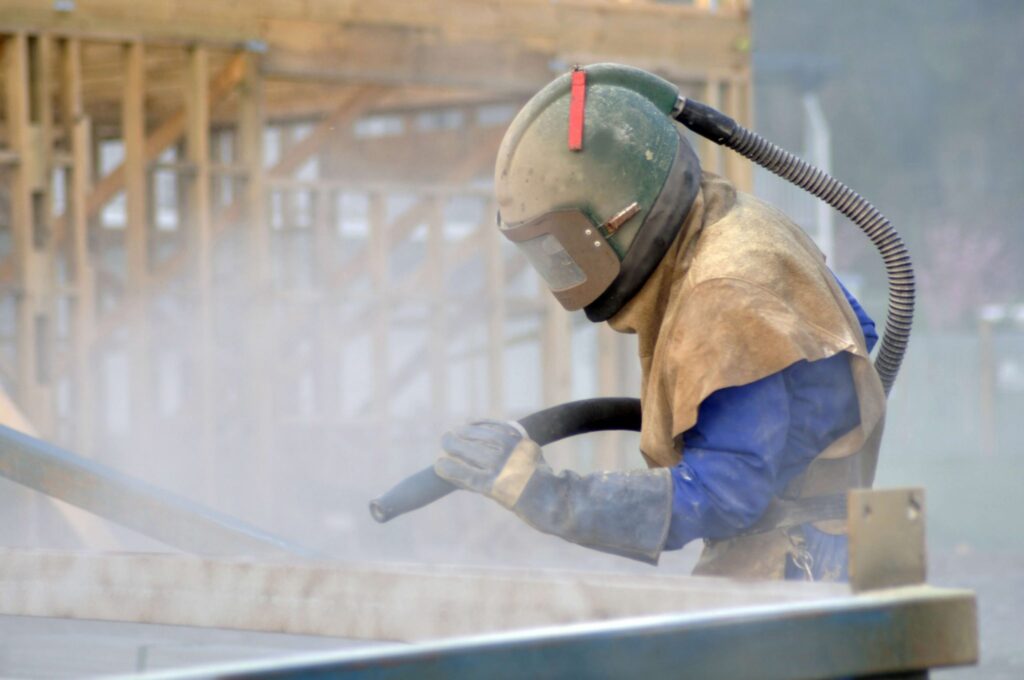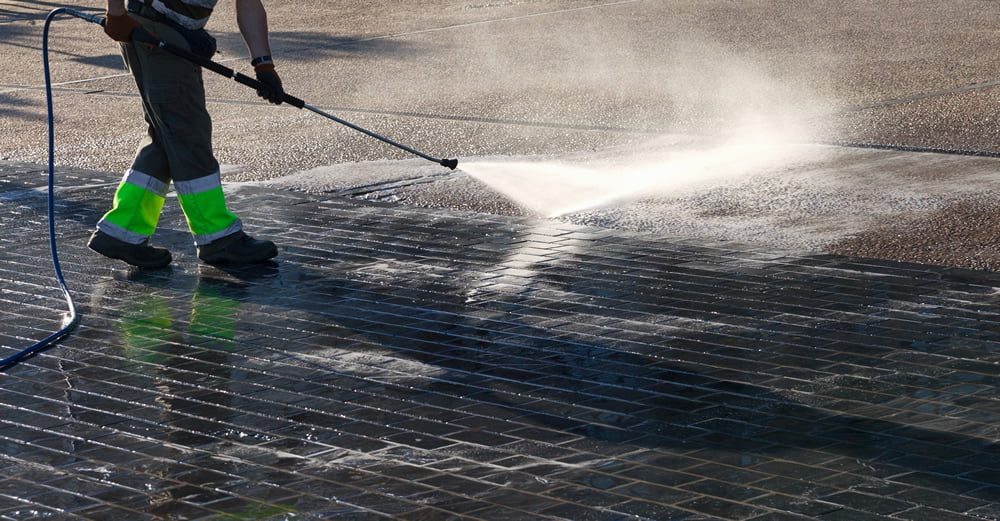Blast cleaning stands as a cornerstone in the realm of surface restoration and preparation, offering an array of techniques tailored to address diverse cleaning needs across industries. In this comprehensive guide, we’ll delve into the intricacies of blast cleaning, exploring techniques such as sandblasting, soda blasting, and pressure washing. Join us as we unravel the benefits of each method and unveil the vast spectrum of applications, from graffiti removal to the restoration of historical landmarks.
Understanding Blast Cleaning Techniques
1. Sandblasting:
Sandblasting involves the propulsion of abrasive materials, such as sand, at high velocity to remove surface contaminants and imperfections. Its versatility makes it a go-to choice for stripping paint, rust, and scale from metal surfaces.
2. Soda Blasting:
Utilizing sodium bicarbonate (baking soda) as the blasting medium, soda blasting offers a gentle yet effective solution for cleaning and deodorizing surfaces without causing damage. Its non-abrasive nature makes it ideal for delicate materials like wood, fiberglass, and certain metals.
3. Pressure Washing:
Pressure washing, also known as water blasting or hydro-blasting, employs high-pressure water jets to clean surfaces by dislodging dirt, grime, and stains. It’s a versatile method suitable for a wide range of surfaces, including concrete, brick, and metal.
Key Benefits of Blast Cleaning
- Efficient Surface Preparation: Blast cleaning techniques efficiently remove surface contaminants and imperfections, preparing surfaces for painting, coating application, or further processing.
- Versatility: Each blast cleaning method offers unique advantages, allowing for tailored solutions to suit different materials, surface profiles, and cleaning requirements.
- Enhanced Surface Adhesion: By creating a clean and roughened surface profile, blast cleaning enhances the adhesion of coatings, paints, and adhesives, ensuring long-lasting results.
- Cost-Effectiveness: Blast cleaning proves to be a cost-effective solution for surface preparation and cleaning, offering efficient results and reducing the need for manual labour and chemical cleaning agents.
Applications of Blast Cleaning
- Graffiti Removal: Blast cleaning techniques, particularly soda blasting and pressure washing, are highly effective in removing graffiti from various surfaces without causing damage.
- Historical Building Restoration: Blast cleaning plays a pivotal role in restoring historical landmarks and architectural structures by delicately removing layers of grime, paint, and pollutants while preserving the integrity of the original materials.
- Industrial Maintenance: In industrial settings, blast cleaning is indispensable for cleaning machinery, equipment, tanks, and structures, ensuring optimal performance and prolonging asset lifespan.
- Automotive Restoration: Blast cleaning techniques are widely employed in automotive restoration to strip paint, rust, and corrosion from vehicle surfaces, preparing them for refinishing and preservation.
Conclusion
Blast cleaning techniques offer versatile and efficient solutions for a myriad of cleaning and surface preparation tasks across industries. Whether it’s rejuvenating historical buildings, eradicating graffiti, or maintaining industrial machinery, blast cleaning stands as a cornerstone in the realm of surface restoration and preservation. By understanding the techniques, benefits, and applications of blast cleaning, businesses and individuals alike can make informed decisions to meet their cleaning needs effectively and efficiently.
At GleamGenie, we pride ourselves on delivering exceptional blast cleaning solutions tailored to your specific requirements. Contact us today to learn more about how our expertise can benefit your projects.



